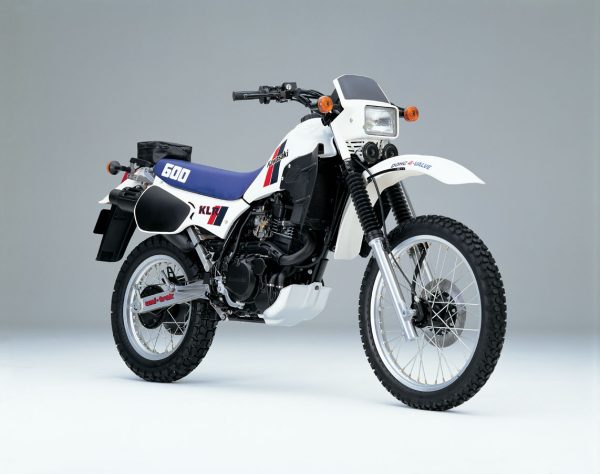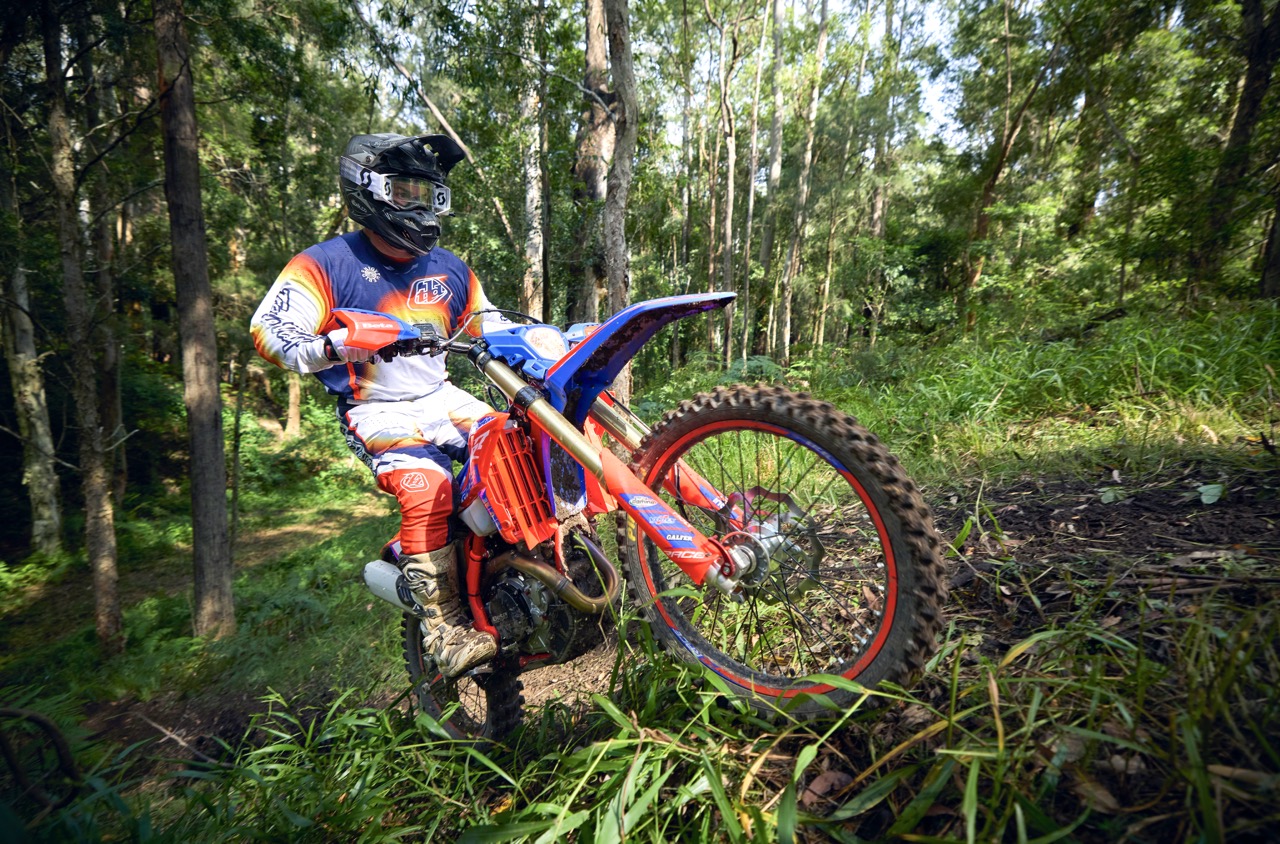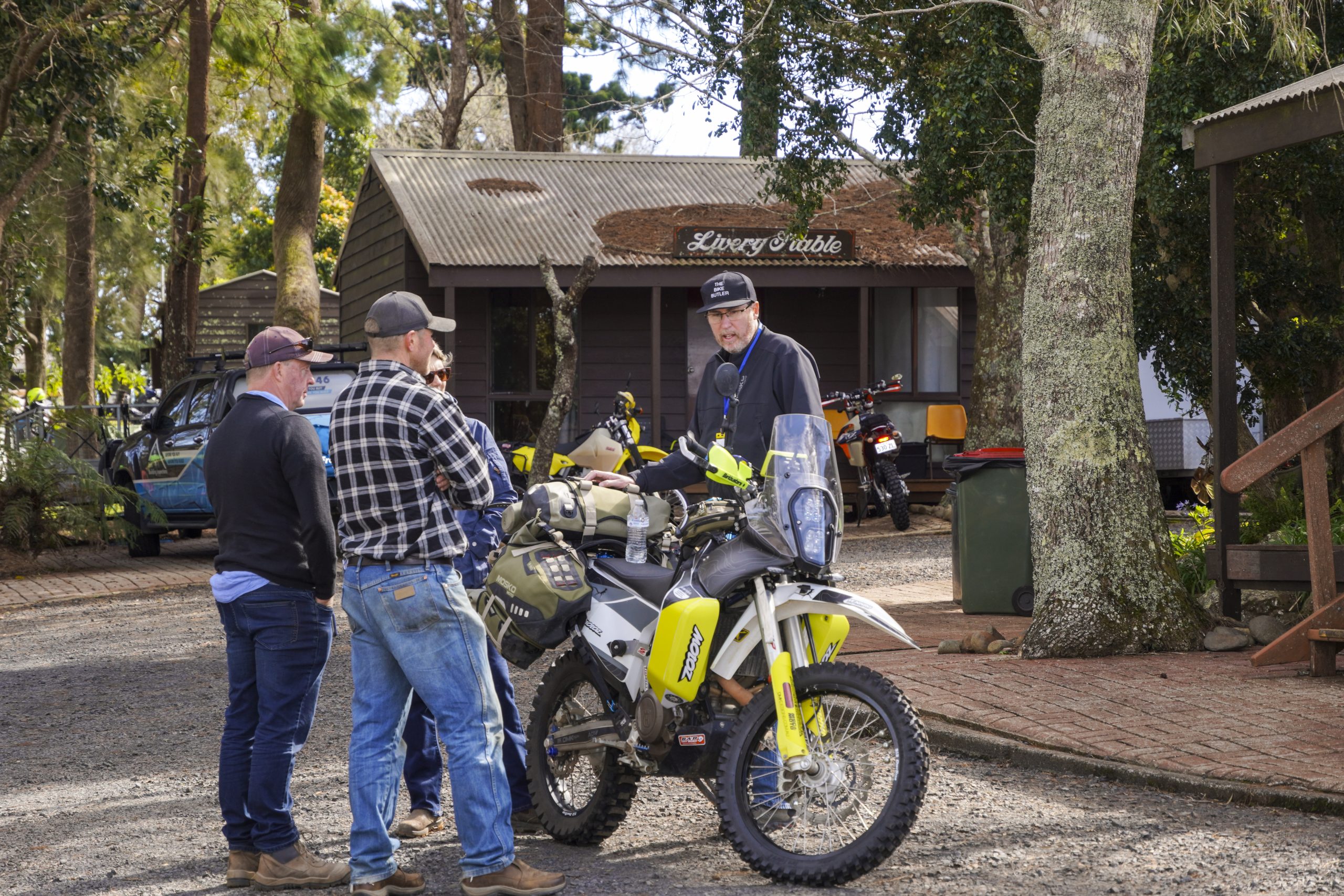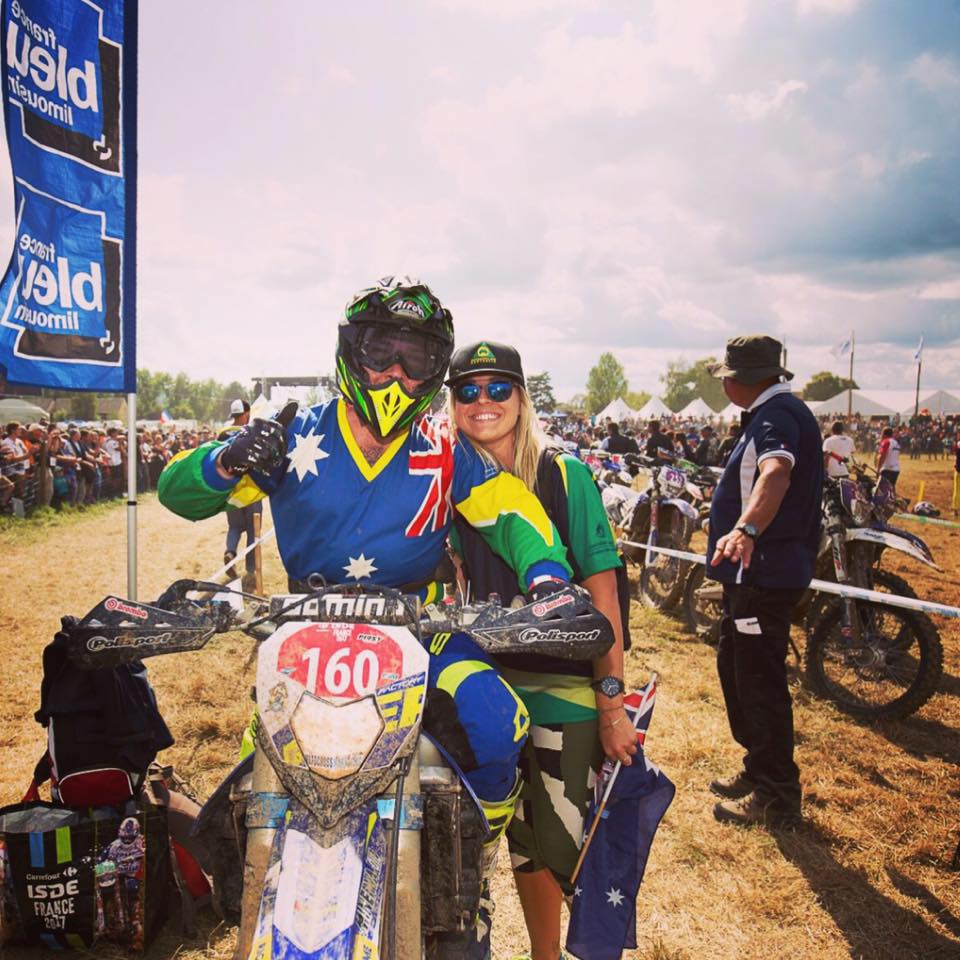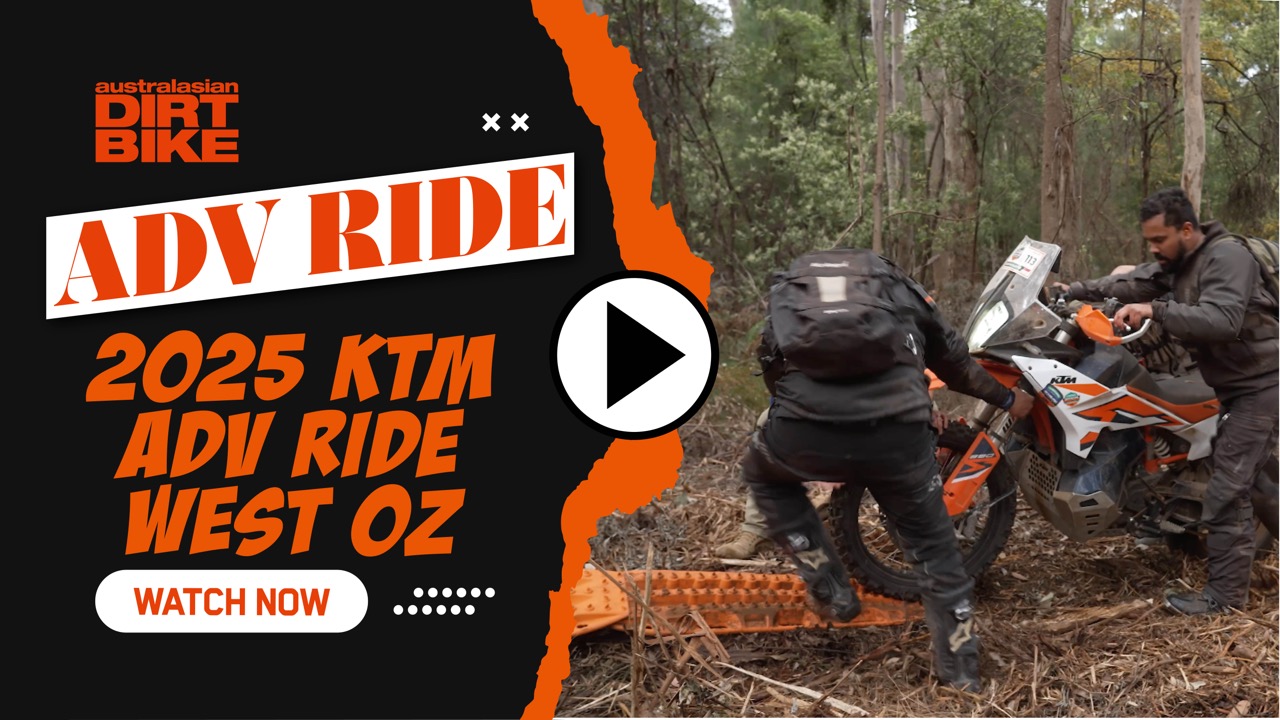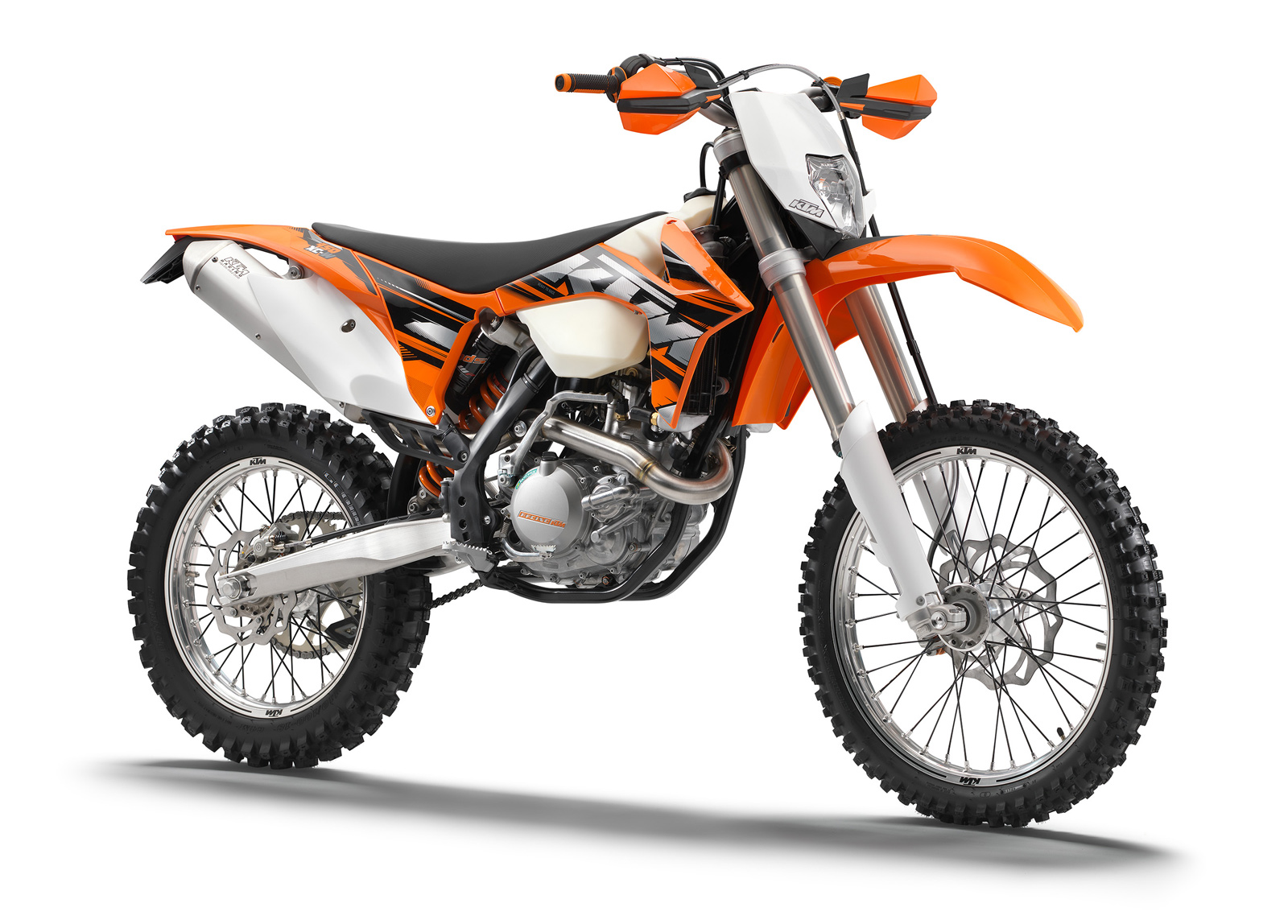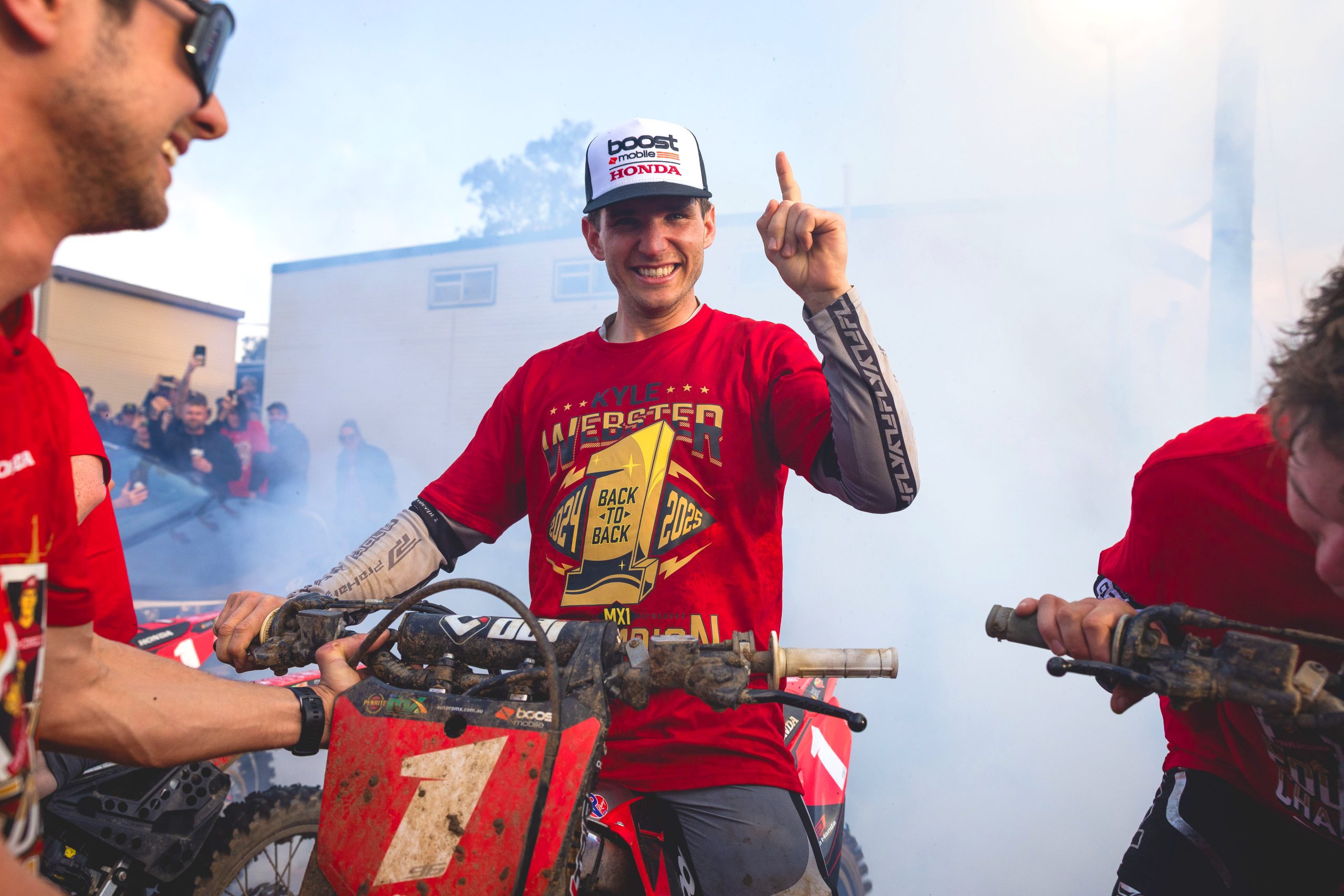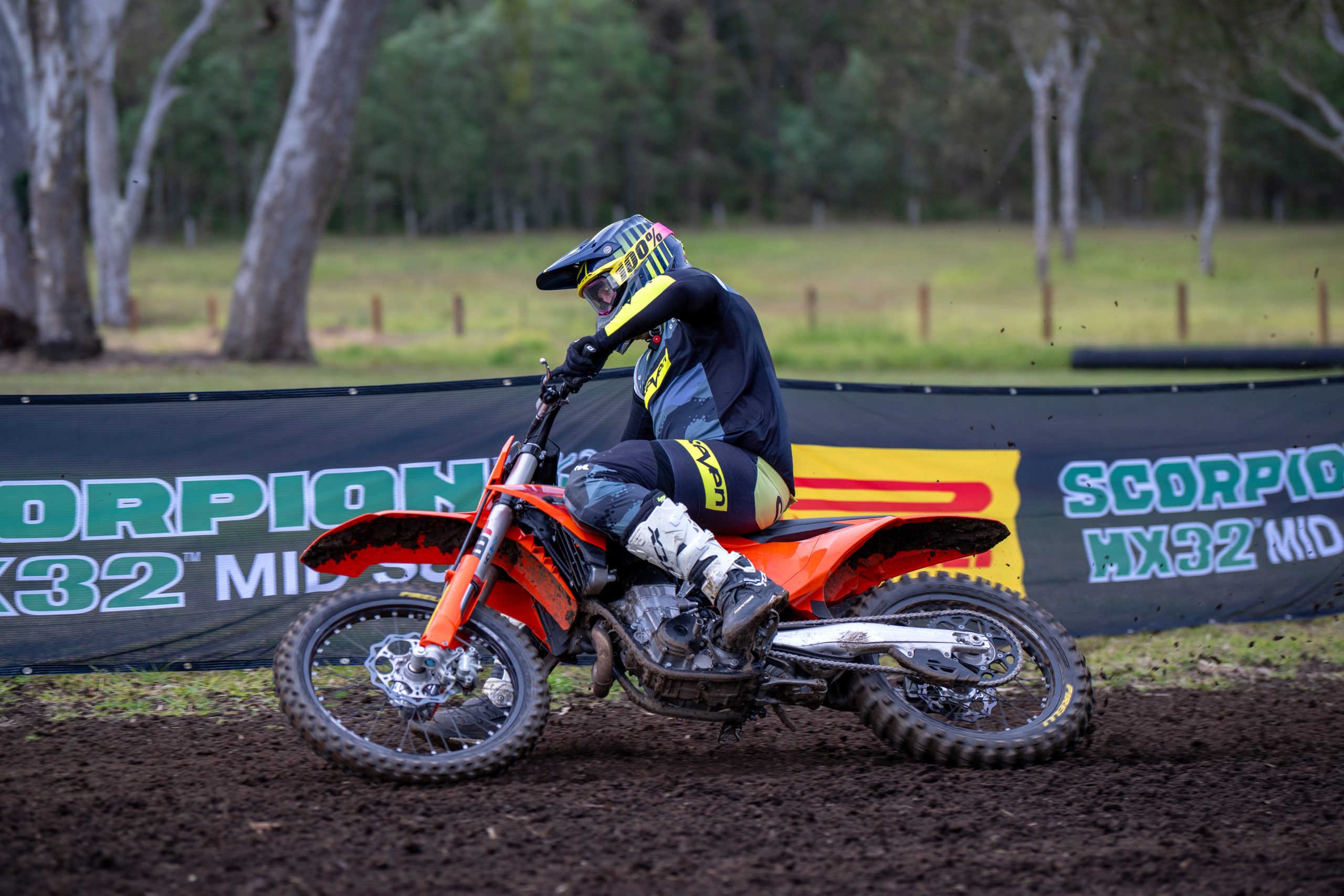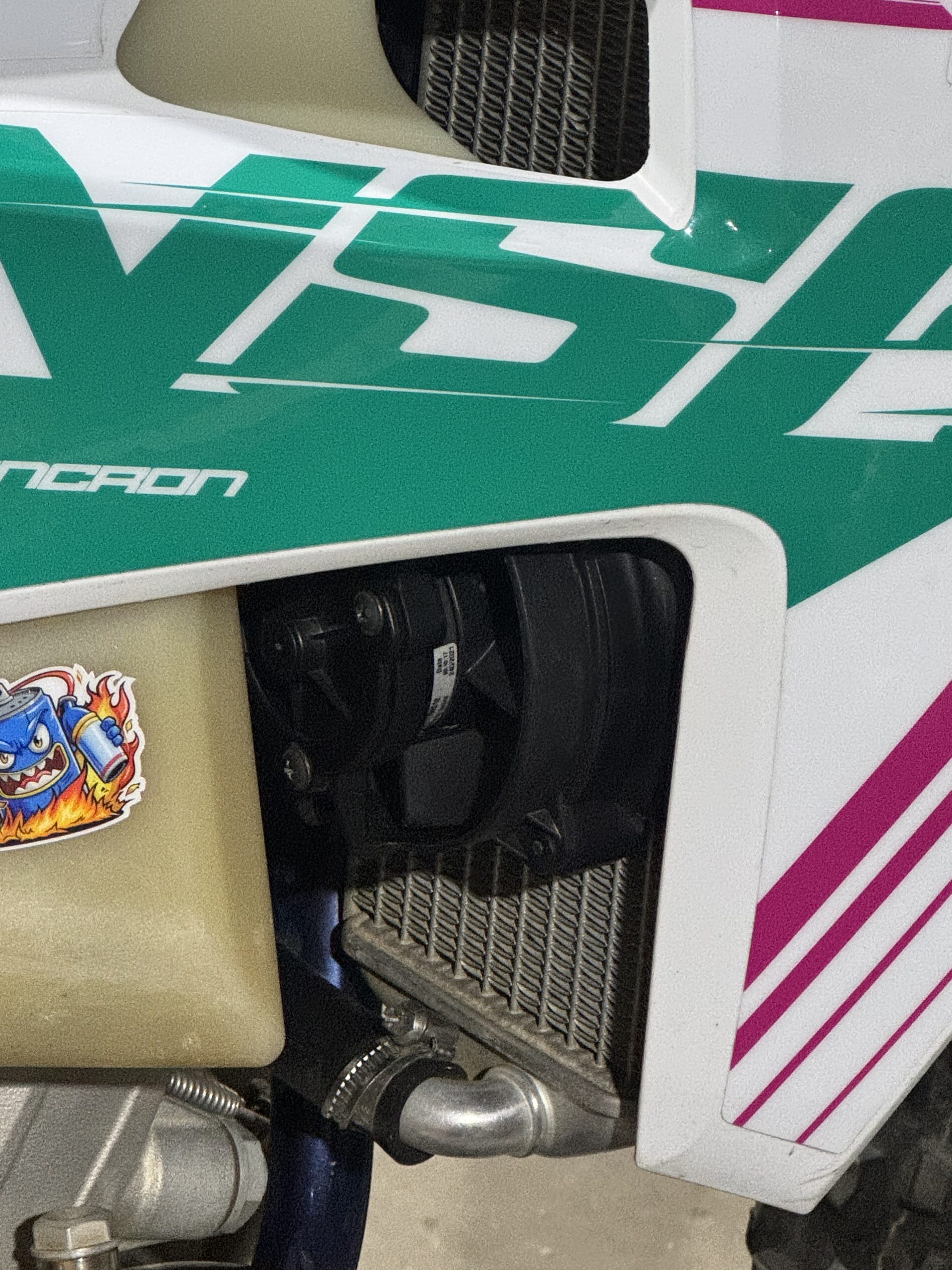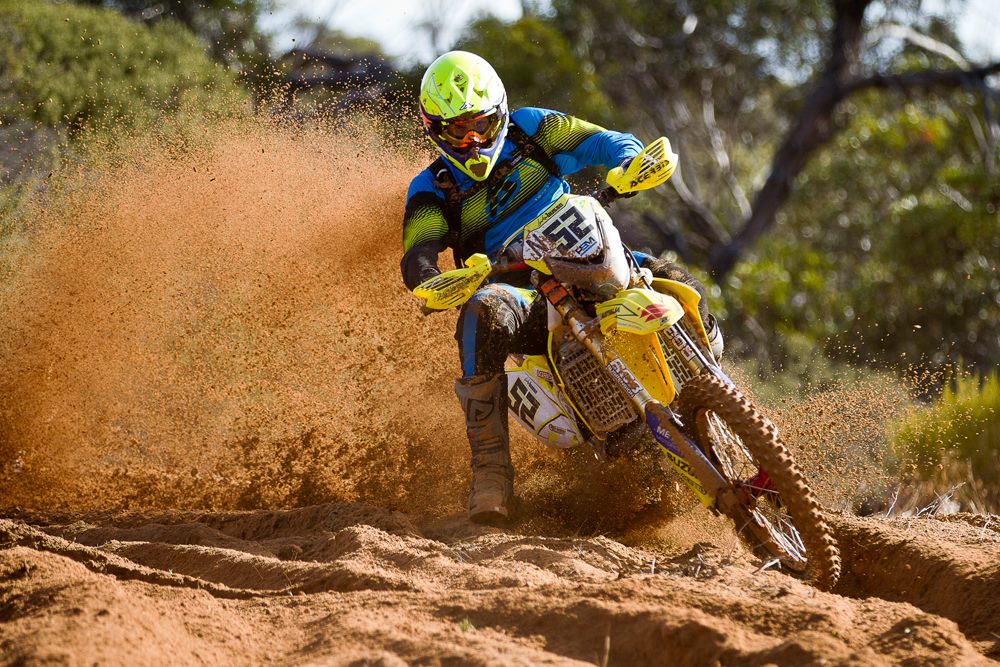Talk about the Kawasaki company to most people and they will immediately think of motorbikes, and possibly jet skis, but that’s about it. Few people realise that the company makes more than just those two products or even how long it’s been around. Shozo Kawasaki, who was born in Kagoshima to a kimono merchant, started the company in 1878 as a shipyard in Tokyo. Prior to that he was involved in shipping sugar, a business venture that failed after he lost his ship in a storm. He remained in the industry working for another company and became aware of the benefits of western-built ships, which were more spacious, stable and faster than typical Japanese ships. This is what led him to establish his own shipyard, supported by Masayoshi Matsukata, the Vice Minister of Finance, on borrowed land from the government.
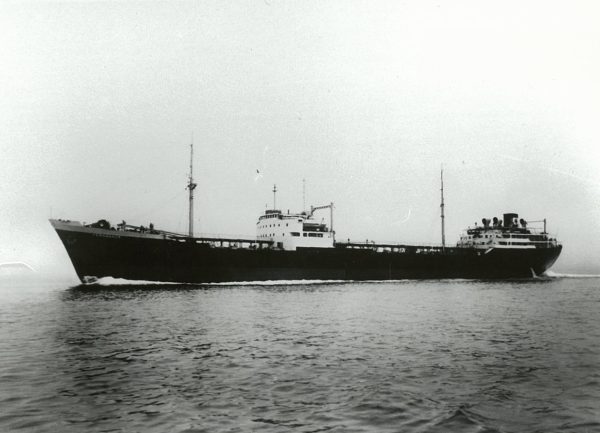
Seven years after the establishment of Kawasaki Dockyard, the Sino-Japanese War (1894–1895) started and the shipbuilding industry in Japan was very busy building and repairing ships. Kawasaki decided to take the company public right after the end of the war and, being close to 60 years old without a son old enough to succeed him, he chose Kojiro Matsukata, the third son of his business benefactor Masayoshi Matsukata, as his successor. He expanded the business into rolling stock, locomotives, freight and passenger cars, and Kawasaki manufactured 3,237 steam locomotives in total until 1971, greatly contributing to the development of railways in Japan. Kawasaki also began production of marine steam turbines at its dockyard and implemented Japan’s first eight-hour day system and other measures, eventually growing Kawasaki into a leading heavy industry company in Japan.
In 1904 the Japanese Navy decided to build submarines in Japan, and awarded an order for the first two to Kawasaki, which were completed and delivered in 1906. In 1922 Kawasaki began manufacturing aircraft and established a new aircraft plant, going on to build Japan’s first metal aircraft and, by the mid-1920s, was also building bridges. Truck manufacturing started in 1918 but was suspended for some years. Then in 1933, they began manufacturing Rokkogo passenger cars for such customers as the Imperial family. Car manufacturing stopped in 1942 with the increased demand for aircraft taking production priority.
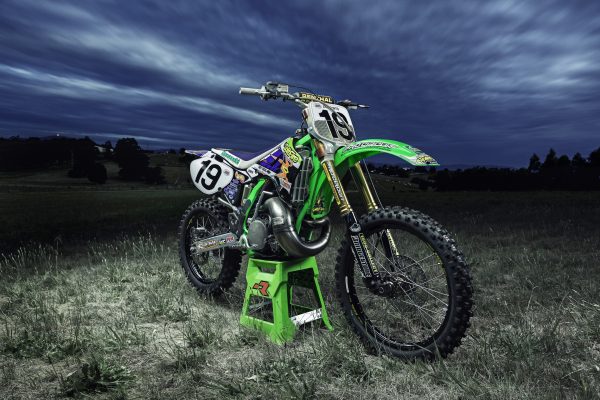
During World War II, Kawasaki manufactured the Hien fighter plane, the only liquid-cooled fighter developed in Japan during the war. The Hien was known for its world-class performance, with a maximum speed of 610 km/h and the capability to fly at an altitude of 10,000 m. Japan’s aircraft industry was suppressed when World War II ended in 1945 and production of aircraft was prohibited for seven years until 1952.
In 1952, Kawasaki signed a technical agreement with Bell Aircraft Corporation and in 1954 completed the Kawasaki-Bell 47D-1 helicopter, the first helicopter built in Japan. The English company name Kawasaki Dockyard was changed to Kawasaki Heavy Industries in 1969, when three companies — Kawasaki Dockyard, Kawasaki Rolling Stock Manufacturing, and Kawasaki Aircraft — merged to become Kawasaki Heavy Industries Ltd.
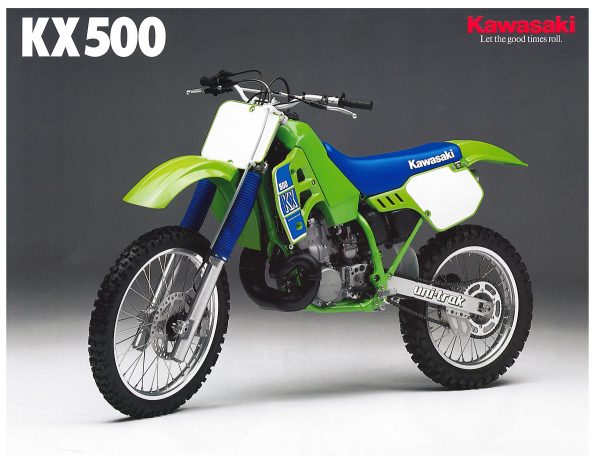
What interests us though is Kawasaki motorcycles, and strangely enough the birth of that came through the aircraft division, with development starting in 1949 and mass production in 1953 with an air-cooled, 148cc, OHV, four-stroke single-cylinder bike with a maximum power of 3.9 hp at 4,000 rpm. In 1954 the first complete Kawasaki motorcycle was produced under the name of Meihatsu, a subsidiary of Kawasaki Aircraft. In 1960, Kawasaki completed construction of a factory dedicated exclusively to motorcycle production and bought Meguro Motorcycles, an ailing motorcycle manufacturer they had been in partnership with. The Meguro K1 was a copy of the BSA A7 500 cc vertical twin, but Kawasaki went on to design and develop their own models.
The 1963 B8M, also known as the “Red Tank” Kawasaki, was manufactured for competing in motocross events and it took 1st to 6th places in the 125cc class motocross race at Aonogahara. In 1967 the A1 was a 250cc street bike that was the first in its class to feature an air-cooled, two-stroke, parallel twin engine. 1969 introduced the legendary H1 Mach III, a 500cc two-stroke triple sport bike that was considered the most powerful production motorcycle in the world at the time. That, of course, was followed in 1972 by the Z1 inline four-cylinder four-stroke 900cc road bike made famous in the movie Stone.
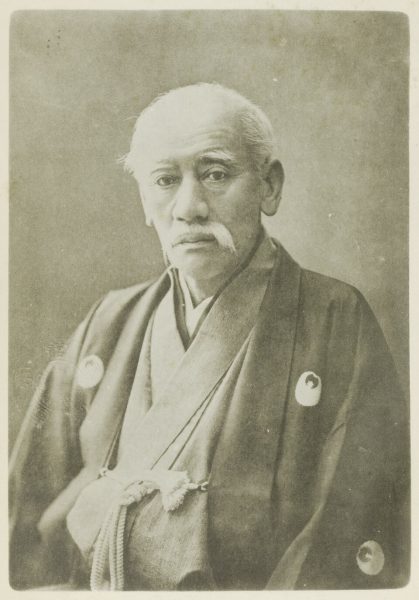
The Jet Ski appeared in 1973, Kawasaki UK and Kawasaki Canada were founded in 1974, an assembly plant was opened in the USA in the same year, and in 1975 Kawasaki Motors Pty Ltd was founded in Australia. Prior to that there were individual state-based distributors in Australia, which were taken over as contracts expired with Kawasaki Australia HQ based at first in Melbourne at Tullamarine and then later moving to the Sydney suburb of Rydalmere in 1978. Later, state offices were set up as well.
Internationally Kawasaki has gone on to put its name in the dirt biking world record books with wins in the British Motocross Championship, Motocross des Nations, Sidecarcross, Supermoto, and Stefan Everts’ 1995 FIM 250cc Motocross World Championship. In the USA the Splitfire Pro Circuit Kawasaki team has over 200 race wins and 29 AMA Supercross titles, and Ricky Carmichael won both the 125 East Supercross series and 125 outdoor title in 1998. Kawasaki were no slouch in road racing either, winning both the 250 and 350 World Championships in 1978 and again in 1979 with South African rider Kork Ballington.
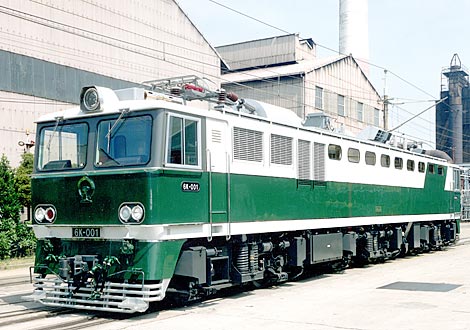
Here in Australia Team Kawasaki Australia started road racing in the 1970s managed by Neville Doyle, and later by his son Peter, with Ron Toombs on the air-cooled H2R 750 triple and soon included Murray Sayle and Gregg Hansford upgrading to the liquid-cooled KR750. Hansford flew the flag for Kawasaki at Daytona and scored second in the 1978 and 1979 250 World Championship and third in the ’78 and ’79 350 World Championship. He was putting the Kawasaki KR750 on the winners’ podium at Australian Championship events all over the country and at Mount Panorama.
Team Kawasaki Australia ran road racing and motocross teams in-house up until 2000 and between 1979 and 1985 Trevor Williams won three Australian 500cc Motocross Championships for Kawasaki and finished on the podium six times in this class alone between 1980 and 1985. He won his first National Title at Dargle (NSW) in 1980. The late Anthony Gunter won the 500cc Australian Championship at Symons Plains in Tasmania on 23 August 1981 on the specially imported works Kawasaki SR 500. He’d also taken out his second King of the Cross earlier that month when he defeated teammate Trevor Williams.
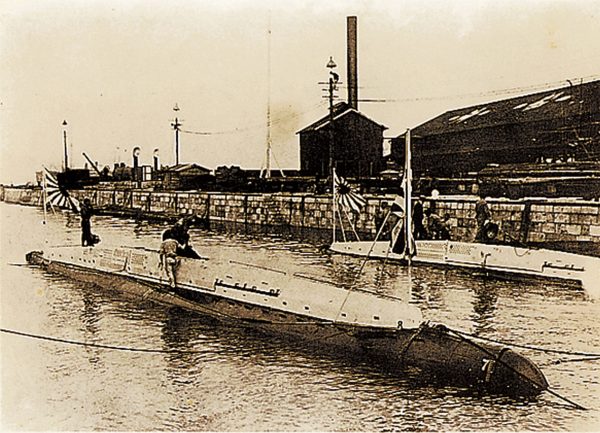
Three Kawasaki SR500s were imported into Australia in 1981 to capitalise on the success they’d been having in Europe and the USA. The GP heritage was obvious at first glance, with GP emblazoned on the alternator cover and KX500 on the clutch cover, the blue frame, remote shock reservoir, gold anodized wheels and fork legs being just some of the visual clues. The sand-cast four-speed engine was based closely on Brad Lackey’s 1980 bike that placed him second in the World Championship that year. The tank was handmade from aluminium, the rear hub was turned from billet — which was unusual for the time with most being cast — and the front brake was a hydraulic disc. Power could be fine-tuned by rotating the ignition backing plate for different characteristics to suit different tracks, and displacement could be altered from 460cc to 499cc by adding or replacing an under-barrel spacer and changing the crankshaft.
Kawasaki was in the news in 1980 when, to promote the first Sydney Supercross at the Showground, US stuntman Doug Domokos wheelied a Kawasaki KLX250 across the Harbour Bridge behind a ute carrying a TV camera crew, casually tossing the toll to the toll collector as he wheelied through the toll booth. It was done without any prior arrangement and was shown on the news that night. The story going around afterwards was of a very upset bunch of coppers arriving at Kawasaki HQ demanding to know if they had anything to do with it and if so where was the rider, as they wanted to book him. Humourless bunch, those coppers. Then on the night at the Supercross he wheelied for an entire lap of the circuit including over the jumps.
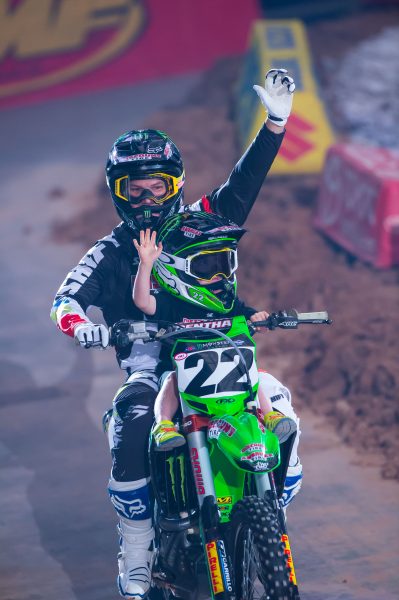
The list of TKA motocross victories is a long one. The late Peter Melton won the Supercross Masters for Kawasaki in 1994 and 1996 as well as the 1996 and 1997 Australian 250 Motocross Championship, and Dale Britten won the 1996 125 Motocross Championship. The late Andrew Macfarlane took home the 125 and 250 crowns in 1995, Melton was crowned 500 Champ in 1999, and Craig Carmichael took the 125 trophy in the Supercross Masters. 2000 was a big year for Team Green, winning all three Australian Motocross Titles with Kim Ashkenazi the 125 Champion, Macfarlane the 250, and Melton the 500, with Macfarlane also winning the Supercross Masters and the 250F Four-stroke Crown in the Thumper Nats.
Ross McWatters was manager of the Kawasaki Racing Team in 2004 and had a young bloke on his team who had been offered a place after winning the 2003 National Junior Motocross Championship in both Australia and New Zealand as a privateer — Toby Price. After 2004 Kawasaki didn’t run race teams in-house but offered support to dealer and other teams. Brett Whale had been running the Whales Kawasaki race team with Brent Landman and Cody Mackie and replaced Ross. Under Brett’s guidance Daniel Reardon won the 2005 Pro Lites Supercross Championship and the Pro Open Supercross and Motocross Championships in ’06 and ‘07, with Katherine Prumm winning the WMX in ’08 — all on Kawasakis. Then in 2008 Luke George was the Pro Lite Motocross Champ, with Chad Reed winning the Pro Open Supercross Championship.
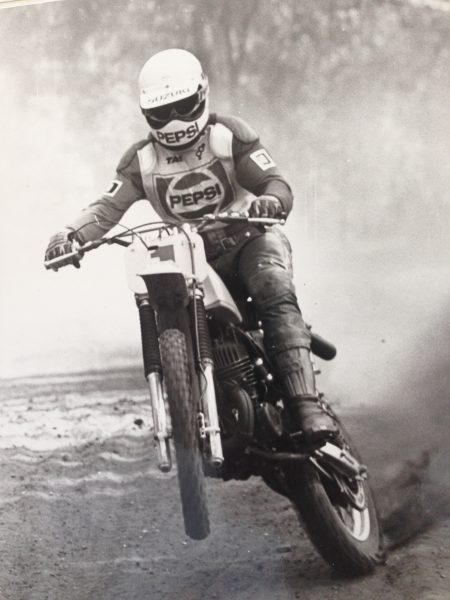
Troy Carroll was running the Kawasaki motocross team from 2011 until 2017 and it went through several name changes as major sponsors came and went. There was Monster Energy, NPE (National Pump and Energy), and Mega Fuel all adding their name to the Kawasaki team. Riders at that time were Jay Marmont, Kade Mosig, Billy McKenzie and Adam Monea, with Marmont winning the Supercross Championship in 2012 riding the KX450. Since then Yamaha and Honda have been dominant in the sport, but no doubt Kawasaki will rise to the challenge again.
The green machines weren’t just winning in motocross and supercross either. When it came to enduro, Kawasaki was regularly on the podium there as well with the KDX range. Neville Doyle approached Murray Tainton in late 1981 with an offer of full support for an enduro team, as Murray’s BTX team had been doing well on Suzukis but with only limited support. Doyle offered to meet all costs. With TKA support they became the first fully supported enduro team in the country and went on to dominate enduro all over Victoria throughout the 1980s and interstate as well, with Murray (KDX 250), Col Tregonning (KDX175), Brian White (KDX450) and David “Flea” Fleming (KDX200). White was riding the Open class but wasn’t keen on the KDX 450, so Doyle converted a KDX 250 to 280cc, with White riding that successfully in the Open class.
There have been many notable models from Kawasaki in their dirt bike range — from the KX range of motocrossers to the KDX enduro machines which built a strong reputation in competition, and the KLX range of trail bikes right up to the venerable KLR 650 so beloved of many ADV riders. Kawasaki has been here for 50 years and will be here for many more yet, you can bet on that. Happy Anniversary, Team Green.
